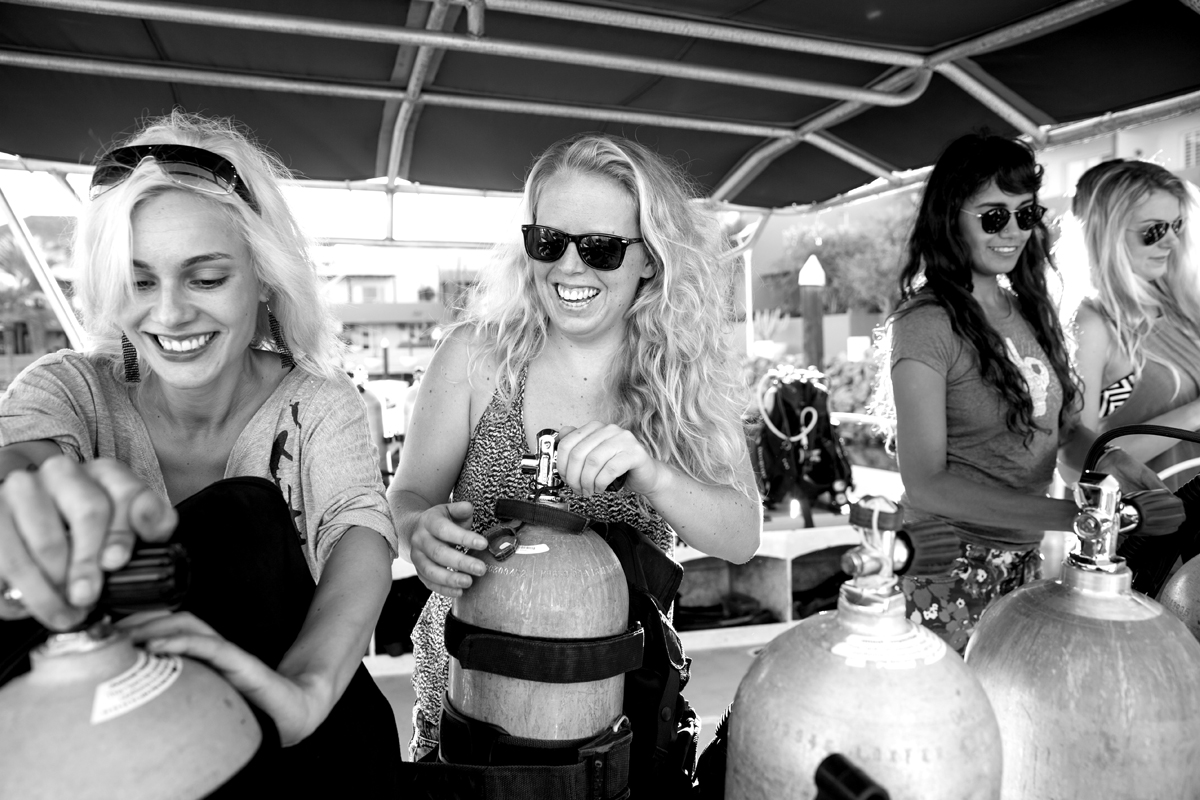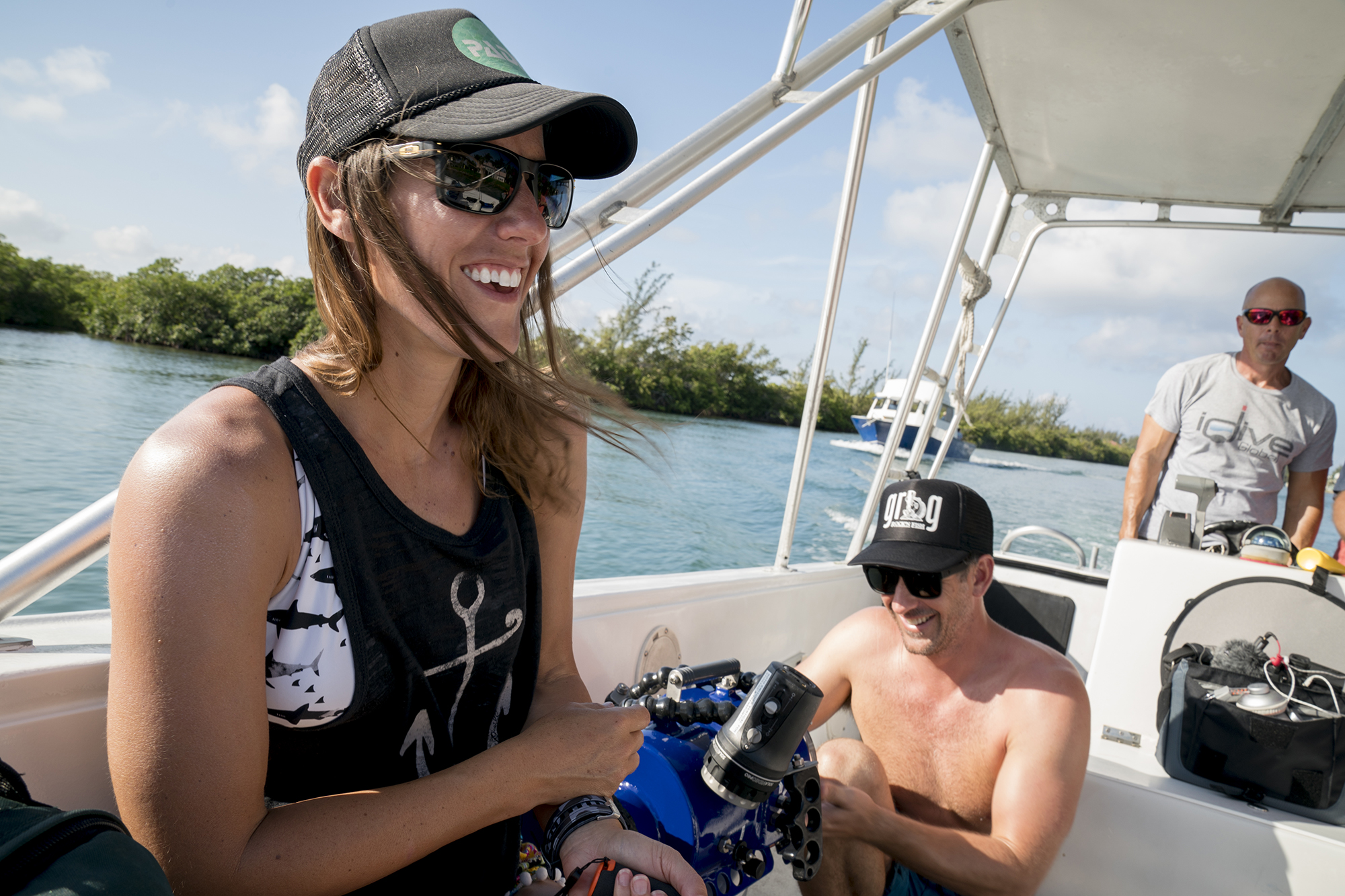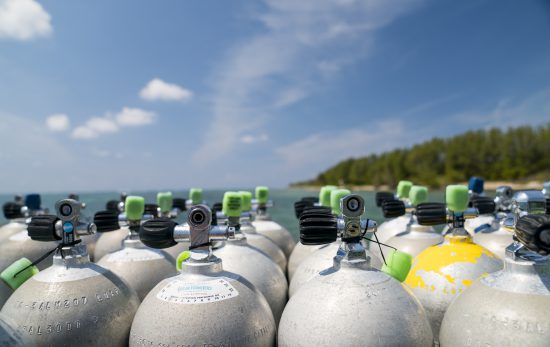Have you ever wondered why scuba divers must wait on the surface after a dive before reentering the water? What exactly is a surface interval? Discover the importance of this procedure, and why it is a crucial step for scuba divers.
For most people, scuba diving is an unknown world filled with physics, physiology, and oceanography. You’re dealing with pressure gradients, surface intervals, and nitrogen build-up, all while trying to enjoy the scenic depths of the big blue ocean. At first, this can be intimidating, and when asked, “What is a surface interval in scuba diving?”, non-divers and divers in training may draw a blank.
However, don’t let scuba terminology deter you from exploring our waterways. The PADI Open Water Diver course lays out everything you need to know to safely explore the depths in a way that anyone can understand. In this article, we will explore what a surface interval actually is and its role in scuba diving.

What is a Surface Interval?
In scuba diving, a surface interval is the period a diver spends on the surface between dives. During a surface interval, the excess nitrogen that dissolved into the body (due to pressure) during the previous dive begins to dissolve back out. The longer the surface interval is, the more nitrogen levels return to normal. How long a surface interval must be depends on the depth and duration of the previous dive and what the dive plan is for the next dive. So, it can range from a relatively short break to several hours.
In this article, we discussed partial pressure and pressure gradients and how your body absorbs the gases associated with scuba diving. As a diver, you can’t rush to the surface at the end of a dive, because these gases need time to dissolve out of the tissues without forming bubbles. If an ascent is too fast, bubbles can form in the body. This results in DCS (decompression sickness).
Besides staying within the limits explained in the Open Water Diver certification course and ascending slowly, divers make a three-minute safety stop at 15 feet/5 meters to further allow time for the aforementioned gases to dissolve out of their body tissues. Once on the surface, divers still have residual nitrogen in their bodies for several hours. This is where our surface interval comes into play.
What Happens to Your Body During a Surface Interval?
As mentioned above, a surface interval is the time a diver spends on the surface after a dive allowing the body to release any residual nitrogen. In other words, a surface interval is the time in which nitrogen levels return to normal after a dive. The deeper and longer you’re underwater during the previous dive, the longer this process takes.
You do not need to wait for nitrogen levels to return to normal to dive again, though. Instead, you have to account for how much nitrogen is still in your tissues. If the surface interval is short, to stay within accepted limits, the allowable time for the next dive will be shorter than if you have a longer surface interval, all else being the same.
How to Plan for a Surface Interval
Planning your allowable dive times and surface intervals is pretty straightforward. Dive computers do the calculations for you. During a surface interval, after a dive the computer will tell you how long you can stay at the planned depth for the next dive. If you want to dive longer, you stay on the surface longer until the computer shows the time you want. This can also be done with dive tables and apps, though for most recreational diving that’s rarely needed.
Because you’re going to be on the surface between dives, you’ll want to be prepared for anything Mother Nature throws at you. For example, if it’s going to be rainy, be sure to bring a dry bag to keep things dry between dives. Or, if you’re worried about getting cold, bring warm clothing to the dive site or on the boat and be sure to stay as dry as possible. If it’s going to be sunny, don’t forget to pack reef-safe sunscreen and refreshing beverages.
What Should You Do on a Surface Interval?
A surface interval is the best time to hydrate, have snacks, and converse with the other divers joining your trip. This period provides an opportunity for divers to observe their surroundings, plan their next dive, and communicate with their dive buddy or team. Take some time to talk to the dive crew, too. Avoid alcohol and heavy exercise immediately after a dive, because these are thought to predispose divers to DCS.

If you’ve never been scuba diving, some of the terms in this article may confuse you. But, don’t let it intimidate you. This is a perfect opportunity to get your Open Water Diver Certificatation to learn the basics of scuba diving and start to #LiveUnfiltered.
Be sure to always do your safety stops and never rush your surface intervals. Happy bubbles and safe diving!



